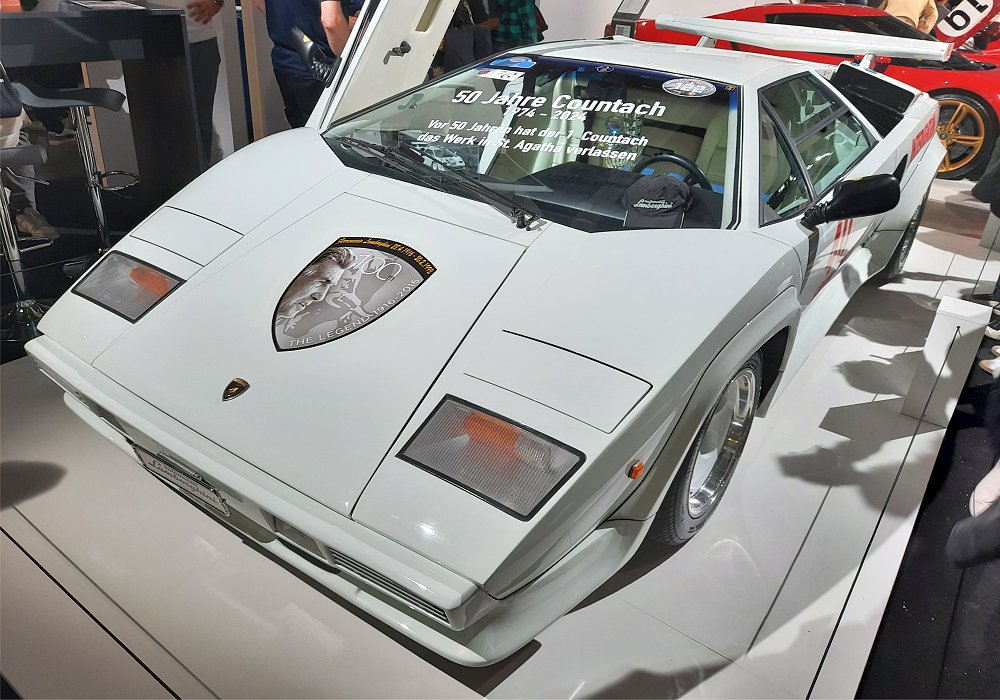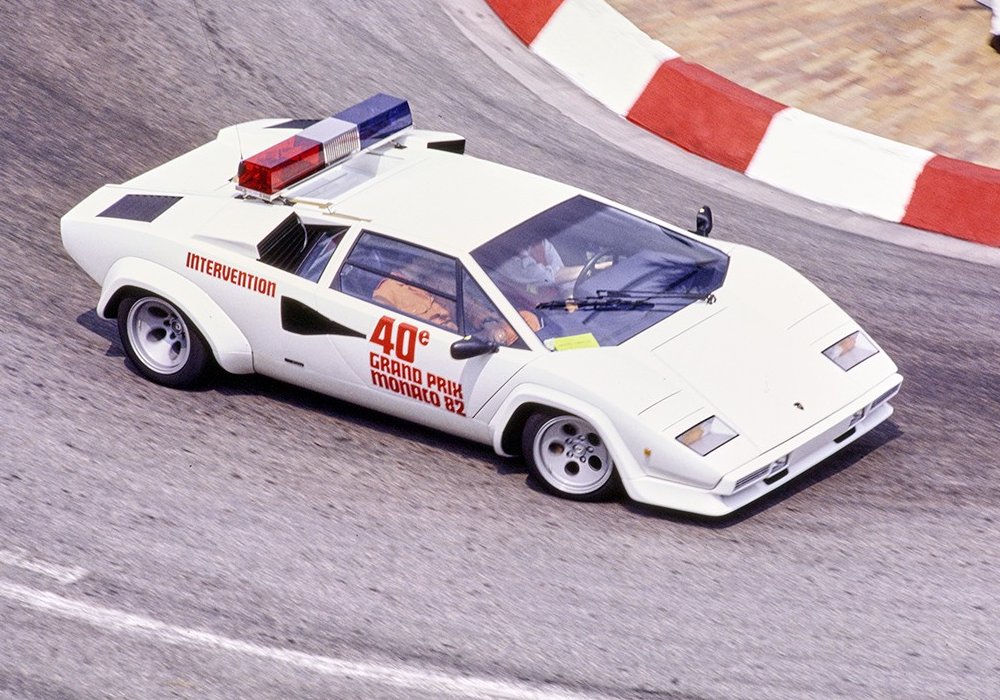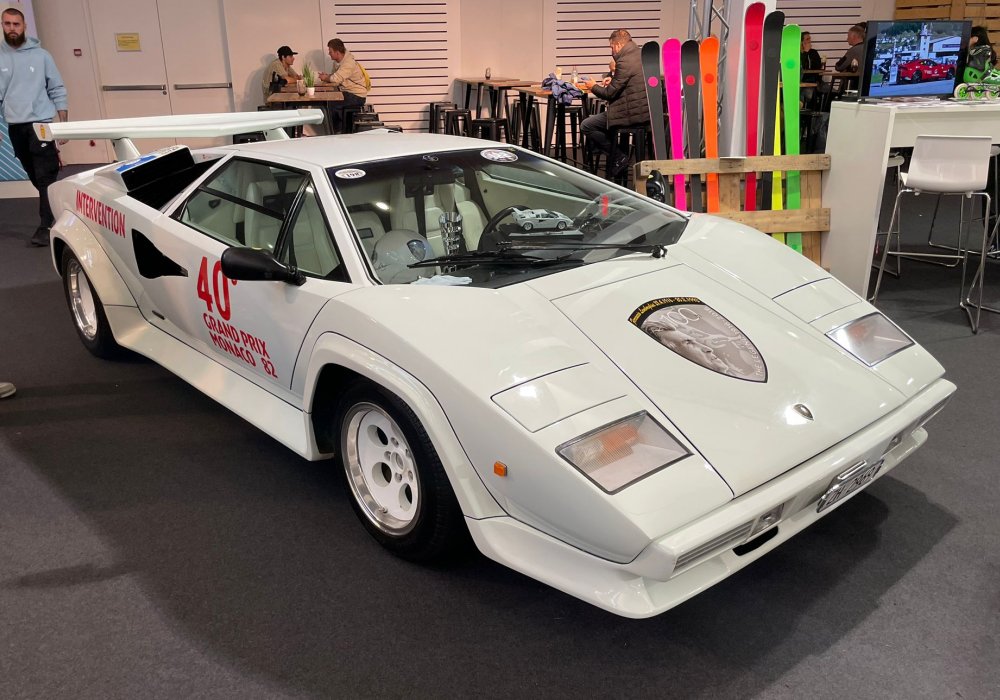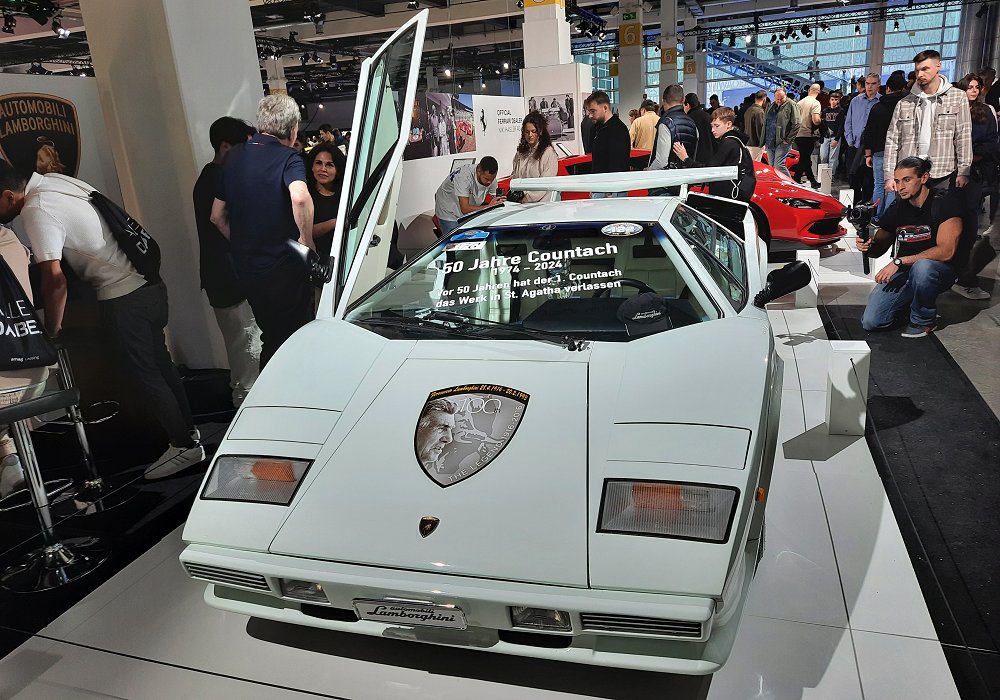Description
The Lamborghini Countach LP 400 S, introduced in 1978, was the evolution that transformed the already legendary Countach from a sleek 1970s design statement into the raw, muscular icon that defined the image of the supercar throughout the 1980s. It retained the breathtaking wedge-shaped form of the LP 400 but gained new aggression, attitude, and mechanical improvements that made it both faster-looking and more usable. The LP 400 S was the car that cemented the Countach’s reputation as a symbol of excess and power—an automotive poster child that would come to embody the era’s obsession with speed and spectacle.
The LP 400 S was born out of continual development of the Countach platform. After four years of production, Lamborghini sought to refine the LP 400’s performance and handling while addressing its limitations in braking, tyre technology, and high-speed stability. Paolo Stanzani’s successor, engineer Giampaolo Dallara, and development driver Bob Wallace were instrumental in fine-tuning the new version. The result was a car that retained the wild spirit of the original but added greater control, wider grip, and a more imposing presence on the road.
Power came from the same 3,929 cc longitudinally mounted V12 used in the LP 400, but now slightly detuned to 353 horsepower to improve reliability and drivability. The five-speed manual gearbox remained, sending power to the rear wheels through a ZF differential. Despite the modest reduction in output, the LP 400 S offered enhanced real-world performance thanks to wider tyres, improved traction, and suspension geometry that better handled the car’s weight distribution. Top speed remained around 295 km/h (183 mph), and 0–100 km/h (62 mph) could still be achieved in approximately 5.9 seconds—numbers that placed it among the fastest cars of its day.
The most striking changes to the LP 400 S were visual. To accommodate new ultra-wide Pirelli P7 tyres—then a technological marvel—Lamborghini fitted the car with flared wheel arches and a lower, wider stance. The tyres themselves were enormous for the period: 205/50 VR15 at the front and 345/35 VR15 at the rear, mounted on new magnesium Campagnolo “telephone dial” wheels. These gave the car a more aggressive posture and substantially improved grip. The suspension was reworked to lower the car by roughly 2 inches, enhancing both aerodynamics and stability. Many cars were fitted with a massive, angular rear wing that, although optional and aerodynamically inefficient, became one of the defining visual elements of the Countach’s image.
Marcello Gandini’s original design for the Countach had been a study in minimalism and tension, but the LP 400 S injected visual drama. The flared arches, deep chin spoiler, and optional wing gave the car a sense of muscular power that matched its reputation. It looked wider, lower, and more menacing than its predecessor, and it set the aesthetic tone for nearly every supercar that followed. The scissor doors, periscope-style roof channel, and sharp wedge silhouette all remained, but the LP 400 S exuded a new kind of presence—less delicate, more confrontational.
The interior saw subtle revisions aimed at improving comfort and usability. The steering wheel was redesigned, and the pedals were repositioned for better ergonomics. The seats were slightly more padded, and new switchgear gave the cockpit a more refined finish. Despite these changes, the cabin retained its intimate, driver-focused layout. The view forward was dominated by the sharply rising dashboard and wide windscreen, while visibility to the rear remained minimal—a quirk that had become part of the Countach’s mystique.
Driving the LP 400 S was an experience of pure intensity. The V12 engine delivered its power with a deep mechanical wail, rising to an unmistakable shriek as it approached redline. The gearbox was heavy but rewarding, and the steering—unassisted and direct—required strength at low speeds but offered precise feedback once in motion. The car’s wider stance and revised suspension gave it much-improved cornering stability compared to the original LP 400, while the massive tyres provided extraordinary grip for the time. It still demanded respect: the Countach was always a physical, visceral car to drive, but in return it offered an unmatched sense of involvement and spectacle.
Three distinct production series of the LP 400 S were built between 1978 and 1982. The early “Series I” cars were the purest in spirit, featuring narrow wheel arch extensions and lightweight Campagnolo wheels. The later “Series II” and “Series III” cars introduced subtle refinements, including revised suspension, new instruments, and minor aerodynamic tweaks. In total, around 237 examples of the LP 400 S were produced, making it one of the rarest Countach variants and one of the most coveted by collectors today.
The Countach LP 400 S represented the moment when Lamborghini’s most famous model crossed from avant-garde design into pop-culture legend. It was the car that defined the Countach’s signature look—the aggressive stance, the flared arches, the dramatic angles—and it captured the imagination of an entire generation. On posters, in magazines, and in films, the LP 400 S became the archetype of the exotic supercar: loud, uncompromising, and utterly unforgettable.
Today, the LP 400 S is celebrated not only as one of the greatest Lamborghinis of all time but also as a cultural landmark. It perfectly embodied the transition from the precision of 1970s engineering to the boldness of 1980s design. More than any other version, it crystallized the Countach’s identity—an icon of excess and brilliance that continues to define what a supercar should look and feel like.







